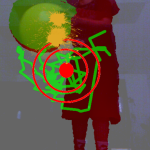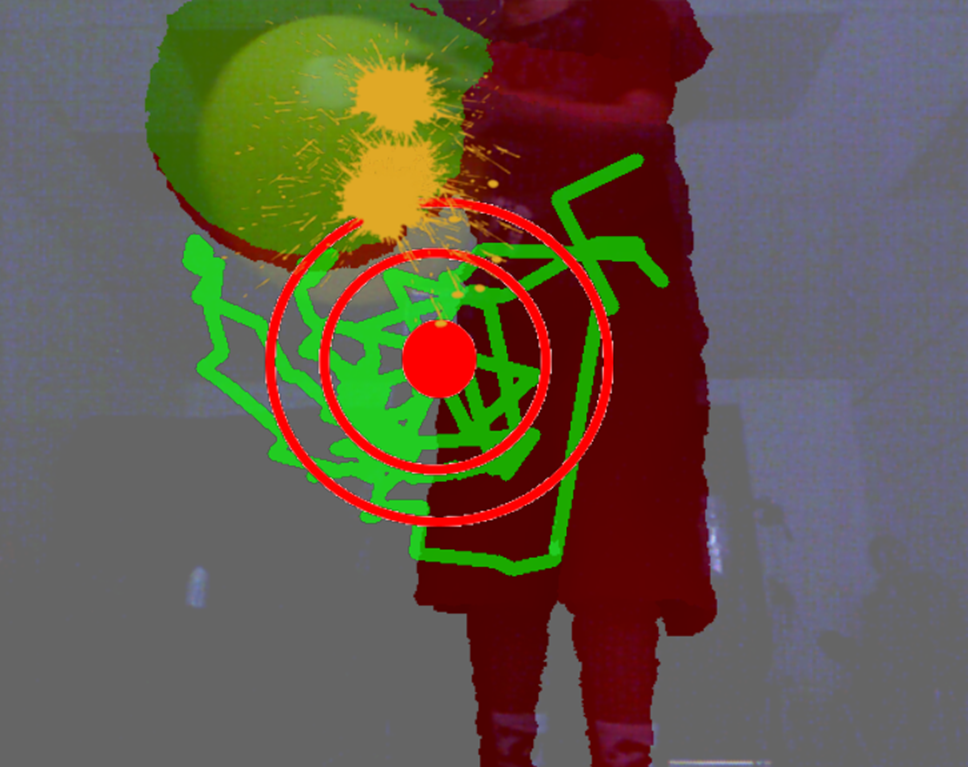Tag: Kinect (Page 2 of 2)
[This is cross-posted on our Dance Craft website]
I made the trek across campus today to meet with Professor Andrew Palermo in UC Irvine’s Dance Department. I briefly pitched him our idea and explained what we could do with the Kinect. We talked about the dance classes he teaches at the local autism center. His classes consist of one part neurotypical dance class, one part partner dancing tailored to kids with autism, and one part dance routine. The dance routine is a composition of steps created by each person in the class. After our discussion, I am more excited than ever to move forward with our Dance Craft application for Kinect.
For our prototype that we will be demonstrating for the Autism AppJam, we will be creating an application that will encourage creative movement in the player/user. We will be focusing on something that can be used at home, outside of the dance class, to bring the creative motion out of the classroom and into the daily lives of the children. The great thing about this software is that set up and use will be fairly inexpensive for the typical. All that is needed is a computer to run the program, a Kinect, and a monitor/television.
I will leave you with a video of the inspiration behind Professor Palermo’s dance classes- a choreography called beyond.words:
I am participating in this year’s Autism App Jam on team DanceCraft. Find out more on my team’s website: dancecraftforautism.wordpress.com.
Many children with neurodevelopmental disorders, such as autism spectrum disorder, have sensory processing disorders (SPD), which can lead to inappropriate behaviors and impairments. One therapeutic approach to the kinds of SPD frequently observed in children with neurodevelopmental disorders involves the use of a variety of tools including objects with various textures and tactile sensations, mirrors, and Multisensory Environments (MSE) saturated with visual and audible stimuli and specialized equipment for sensory stimulation. However, children with SPD each have a unique prescription for the amount of stimulation they require for the therapy to be effective. MSE must be physically altered before each child receives therapy.
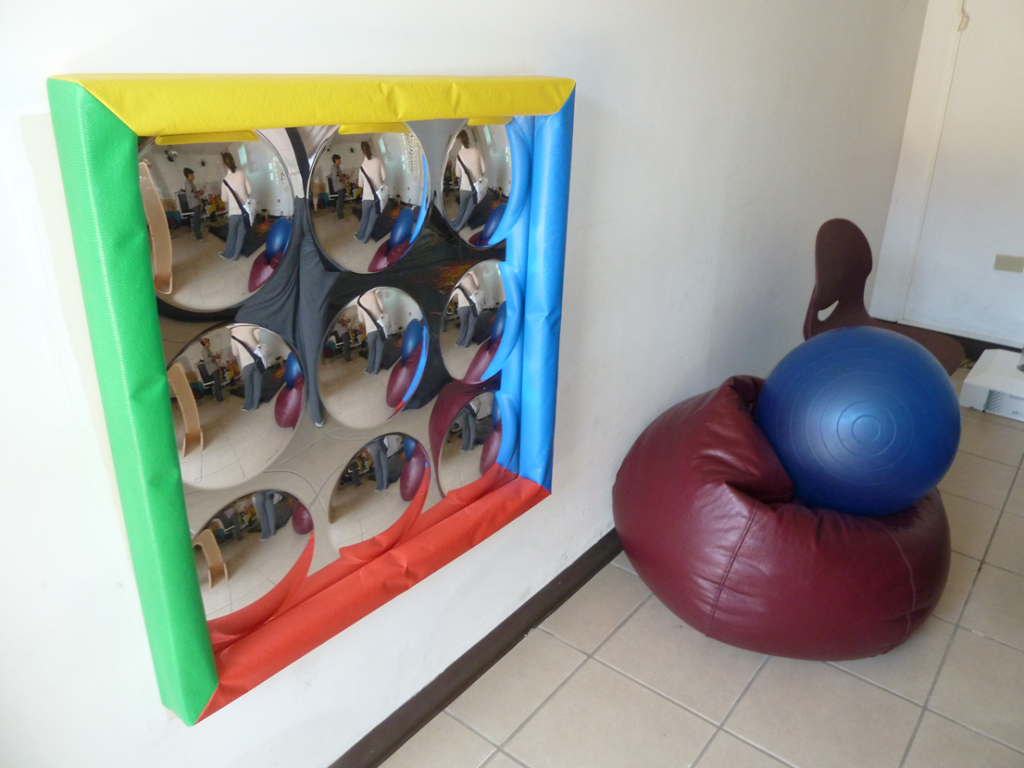
Traditional Multisensory Environments uses mirrors, lights, and objects with different tactile feedback.
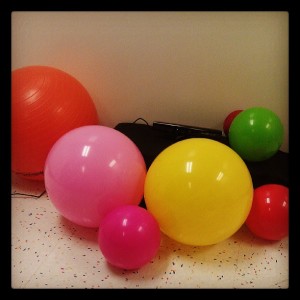
Various sizes and colors of balls used in SensoryPaint.
SensoryPaint is an interactive surface with the capability of superimposing the user’s reflection on a projected surface and “painting” this surface with balls of different textures and colors, which was designed to augment traditional therapies. This software uses a Kinect to detect the movements of the user and the balls. The user’s image is reflected on the screen, as well as their shadow superimposed on their reflection. SensoryPaint is a software originally developed at CICESE in Ensenada, Mexico.
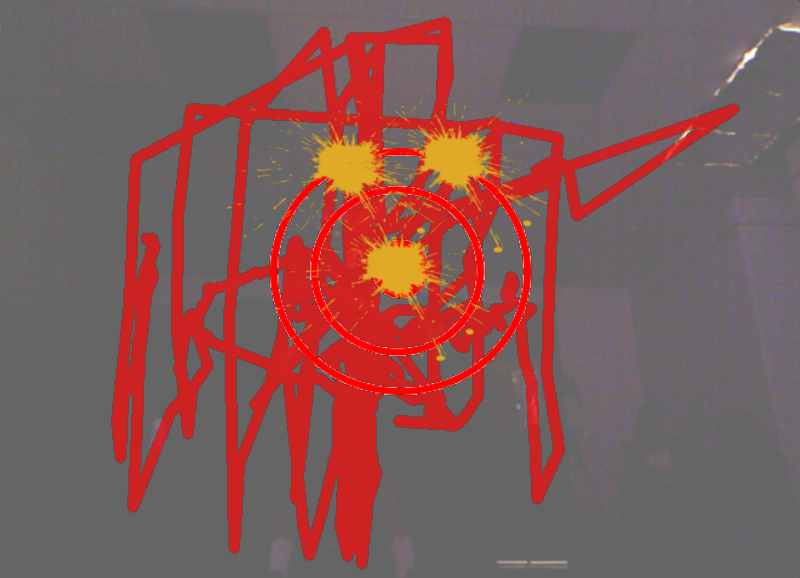
Mode with painting and splashes.
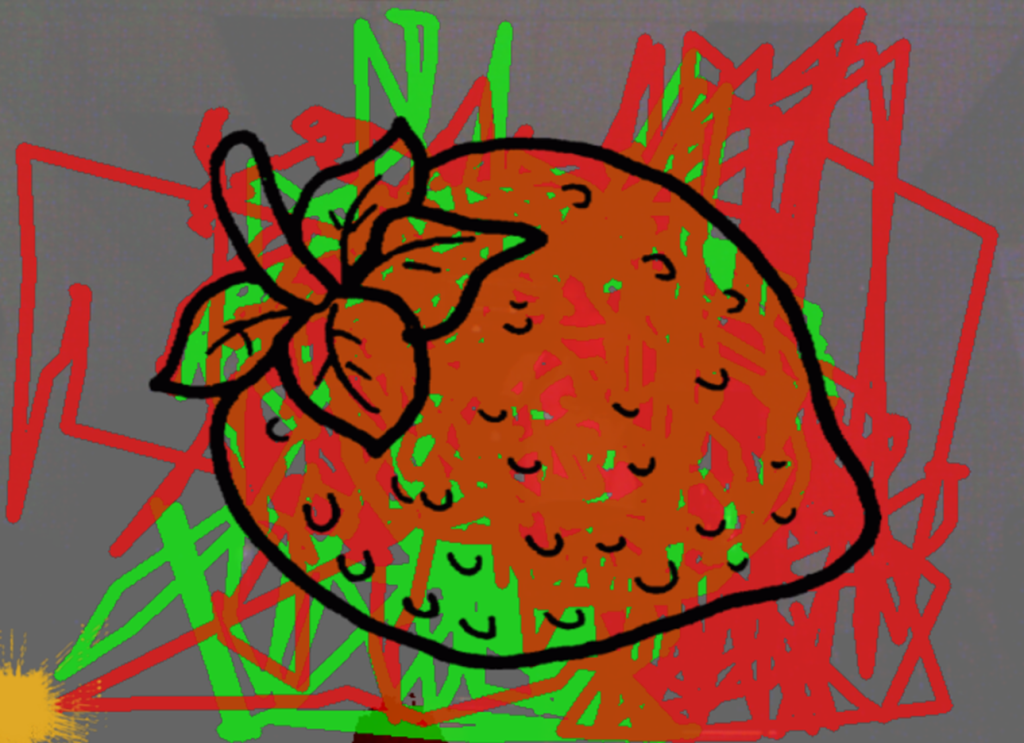
Coloring Book Mode with the user using two different colors to fill in the strawberry shape.
Initial studies of the SensoryPaint system are focused on uncovering the potential of this technology to support sensory integration, including stimulus sensitivity, body awareness, motor functioning, and attention and engagement.
Related Posts:
Paper on SensoryPaint wins Best Paper Nomination at Ubicomp 2014
